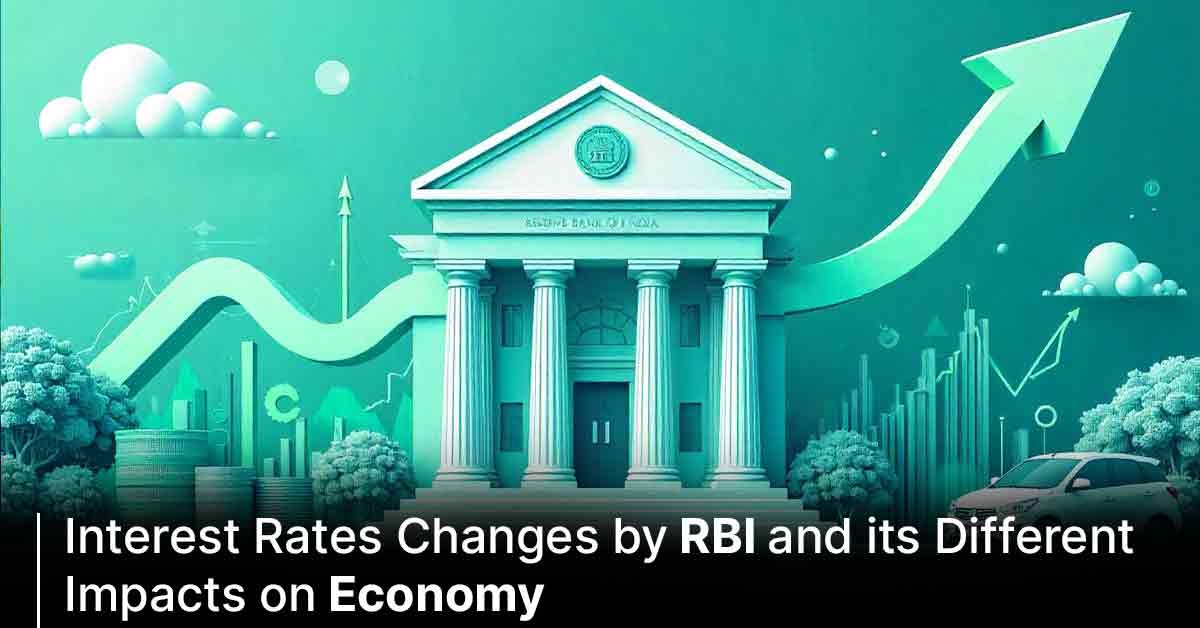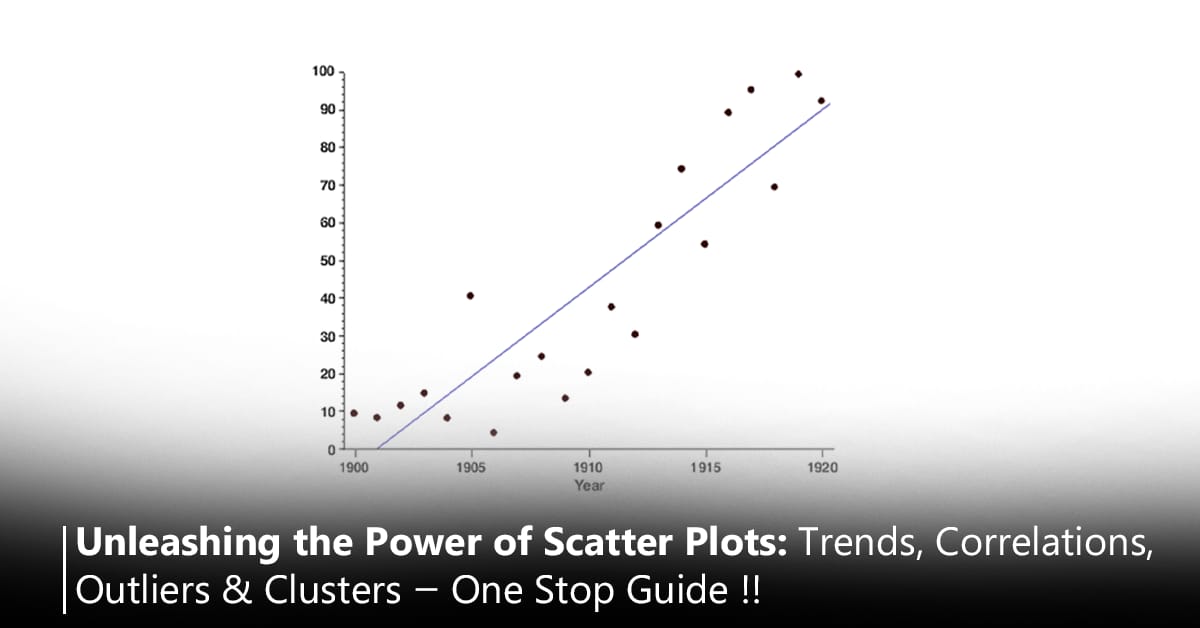On June 6, 2025, the Reserve Bank of India (RBI) cut the repo rate by 0.5%, from 6.0% → 5.5%.
This was done to make borrowing cheaper and support economic growth.
Since August 2025, the RBI has kept the repo rate unchanged at 5.5%, pausing further cuts to see how the earlier changes affect the economy.
In this blog, we’ll explore:
- What interest rates did the RBI change
- How these changes affect the economy
Let’s get started.
Interest Rates Changes by RBI
The Reserve Bank of India (RBI) uses the repo rate, the rate at which it lends money to commercial banks, as a key tool to manage inflation and liquidity in the economy.
As of August 2025, the repo rate stands at 5.5%, after a series of cuts since December 2024.
At its latest Monetary Policy Committee (MPC) meeting, RBI Governor Sanjay Malhotra announced that the repo rate will be kept unchanged at 5.5%, pausing the earlier rate-cutting cycle.
Here’s what it means:
- Repo rate:
The interest rate at which commercial banks borrow money from the RBI by selling government securities with an agreement to repurchase them later.
- How it works:
Banks pay the RBI interest (repo rate) on the borrowed funds. A lower repo rate makes borrowing cheaper for banks, which can then pass on the benefit to customers through lower loan rates.
- Liquidity tool:
By changing the repo rate, the RBI influences how much money flows into the banking system and ultimately into the economy.
Since home loans and other retail loans are linked to the repo rate, keeping the rate unchanged at 5.5% means borrowers’ EMIs will also remain unchanged.
If the RBI had cut the repo rate further, borrowers could have enjoyed lower EMIs or a shorter loan tenure.
Interest Rates Changes: Timeline
| Date / Period | Repo rate decision | Notes |
| Dec 2024 → June 2025 | Gradual cuts to support growth | RBI reduced rates step by step to boost the economy |
| June 6, 2025 | Cut by 0.5% (50 bps) → from 6.0% → 5.5% | A bigger cut to push growth and ease borrowing |
| August 2025 | Unchanged at 5.5% | RBI paused to monitor inflation and demand |
| September 2025 (current) | Unchanged at 5.5% | Repo rate steady for now |
How Interest Rates Changes Impact the Economy?
The RBI’s decision to keep the repo rate unchanged at 5.5% has different ripple effects across the economy.
Here’s how this affects different parts of the economy:
1. Inflation (Prices of goods and services):
Official inflation is low at around 2%, but many people still feel prices are high.
→ By pausing the rate, RBI ensures inflation doesn’t rise too fast while earlier cuts stimulate growth.
2. Bond market and investors:
The rate cut in June may have slightly lowered bond yields, making them less attractive.
→ By keeping rates steady now, the RBI prevents sudden swings in financial markets.
3. Companies and investments:
Some companies are still cautious about borrowing or investing, preferring to give profits to shareholders.
The earlier cut may encourage some borrowing, but low demand in sectors like auto, FMCG, and manufacturing limits expansion.
4. Jobs and consumer spending:
A rate cut can encourage spending, but too much could raise inflation and hurt purchasing power.
Raising rates could slow growth and risk job losses.
→ With this, RBI is balancing growth and stability.
5. Banks and loans:
The June cut reduced borrowing costs slightly, but banks’ profits (Net interest margin) could have been squeezed by further cuts.
→ This pause helps banks remain stable while credit demand slowly recovers.
To sum up:
June 2025 cut signals cheaper loans and growth support.
The current pause:
- Prevents inflation
- Protects banks
- Allows RBI to observe the economy before making the next move.
Conclusion
Clearly, the RBI is trying to balance things.
- Cutting interest rates too much could lead to inflation rising, hurting everyone’s purchasing power.
- Raising rates too much could slow growth and lead to job losses.
By keeping the repo rate steady at 5.5%, RBI is hitting the pause button.
It’s a smart move that allows the economy to absorb the effects of past cuts before making the next move.
On the ground, prices for many essentials are still high, even if official inflation looks low.
RBI is taking a “wait and watch” approach.
It’s observing:
- How businesses respond to earlier rate cuts
- How investment and borrowing pick up
- How money flows in the system
Lesson to drive home for now: Borrowers, savers, and investors should stay informed but patient.
Borrowing costs are stable, deposits remain safe, and the RBI is prioritizing economic balance over immediate changes.
So, be patient and go with the low.



